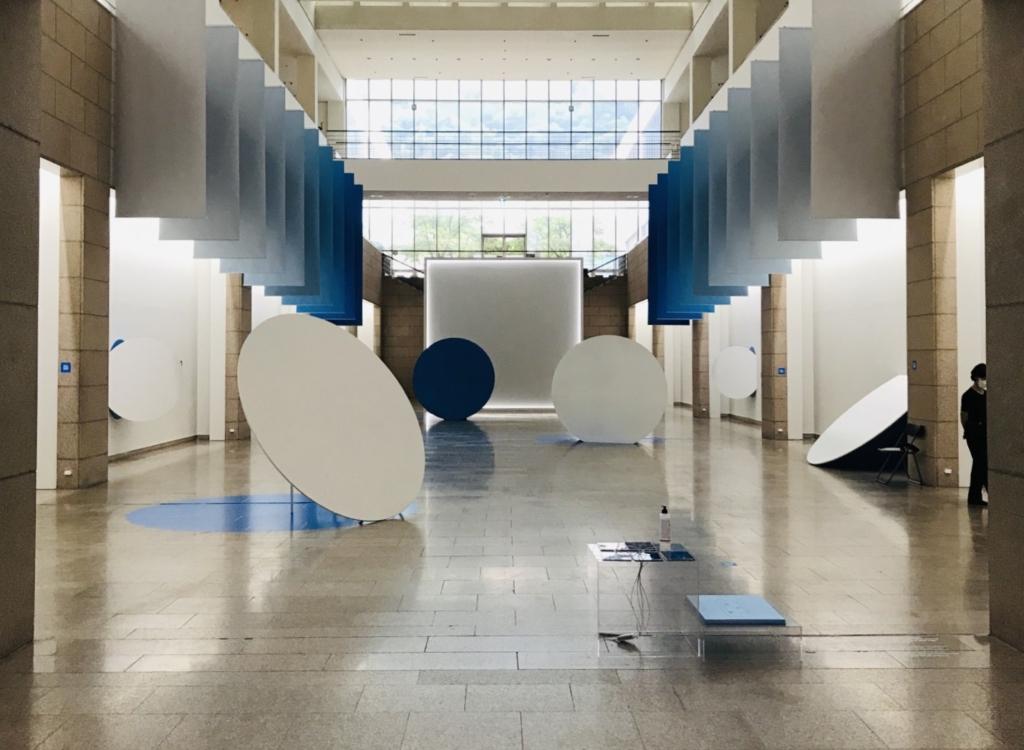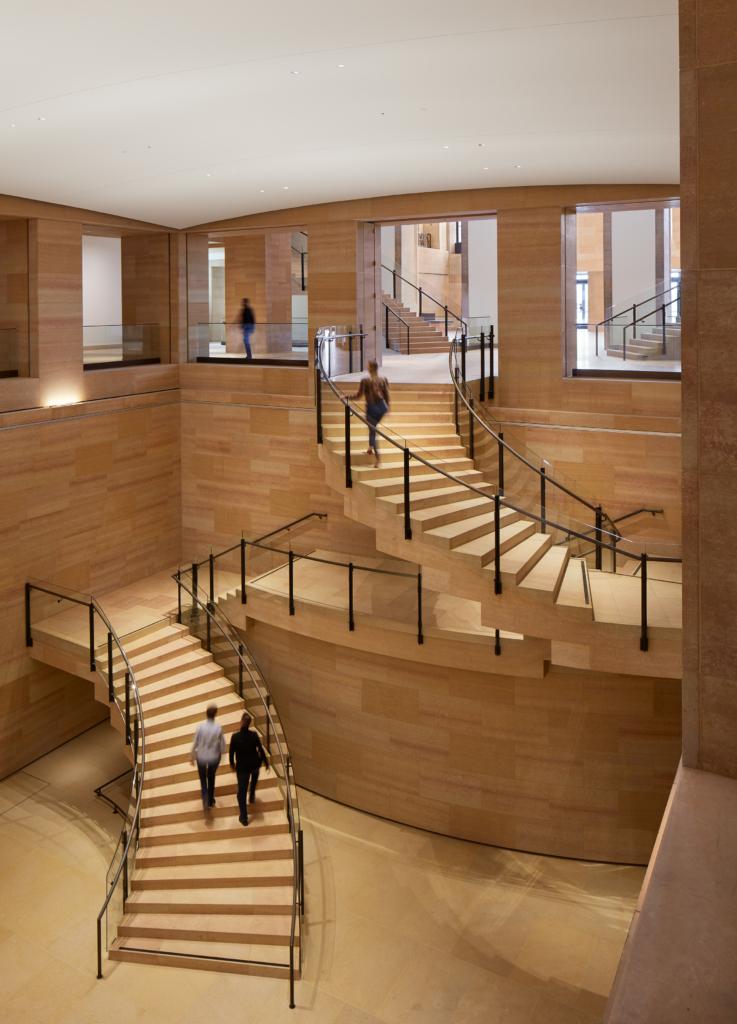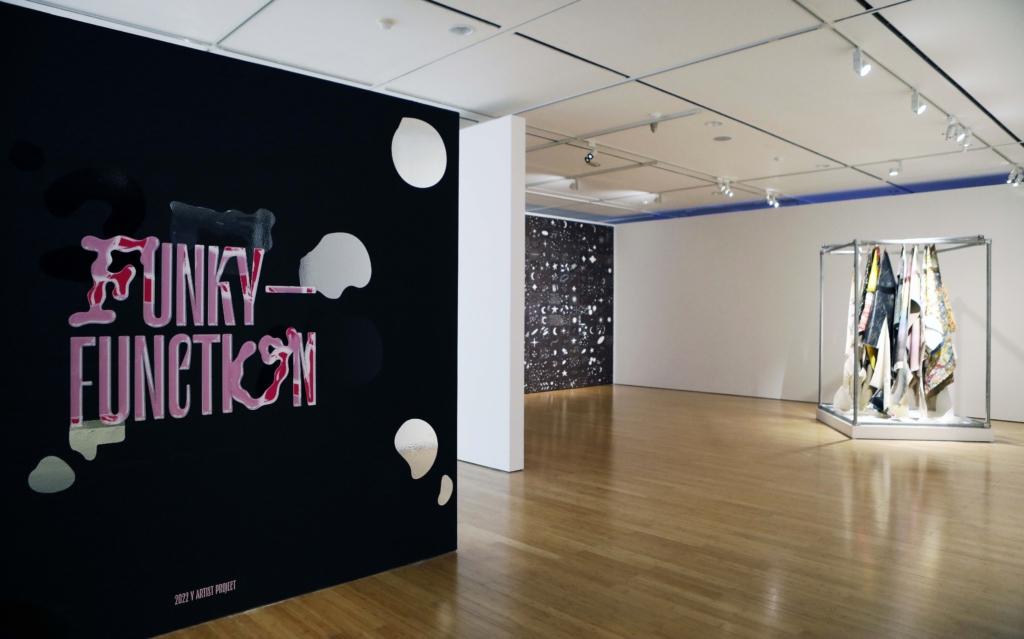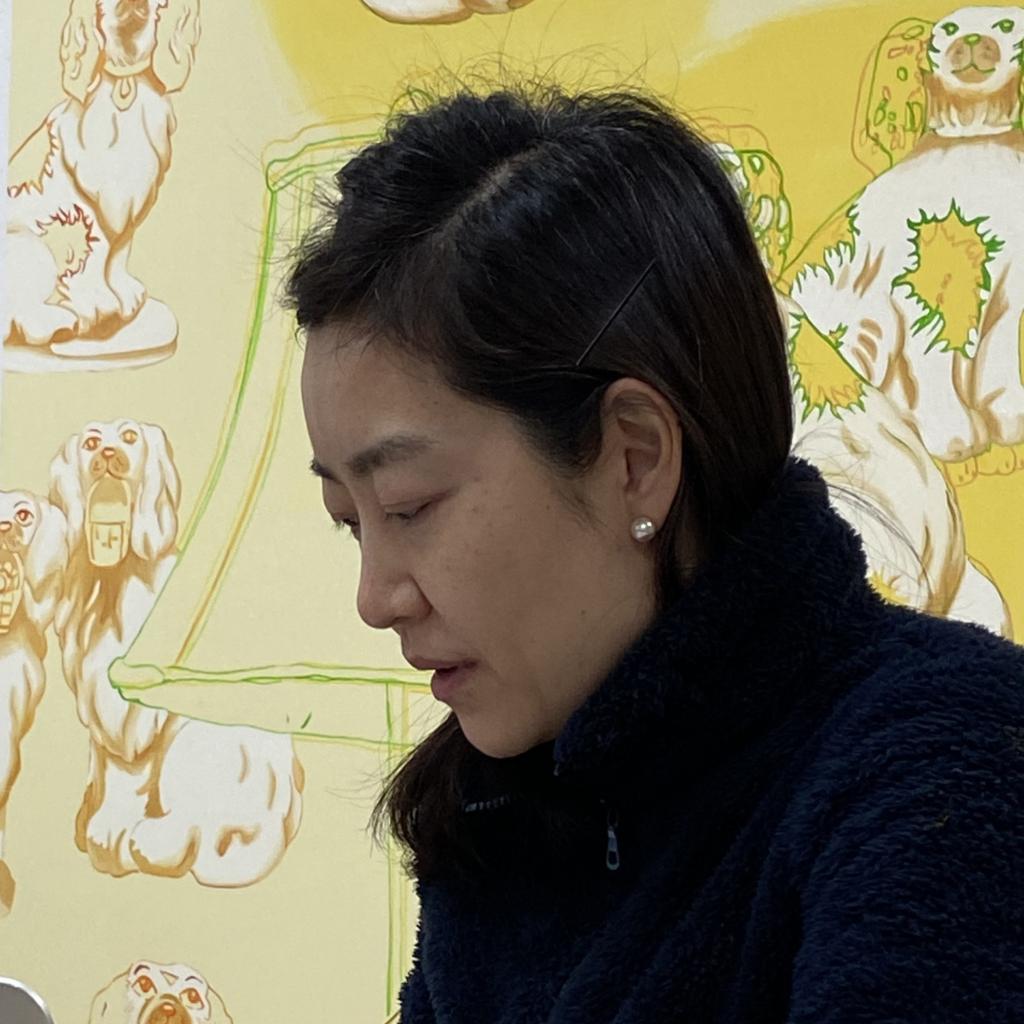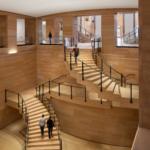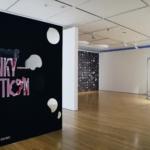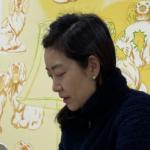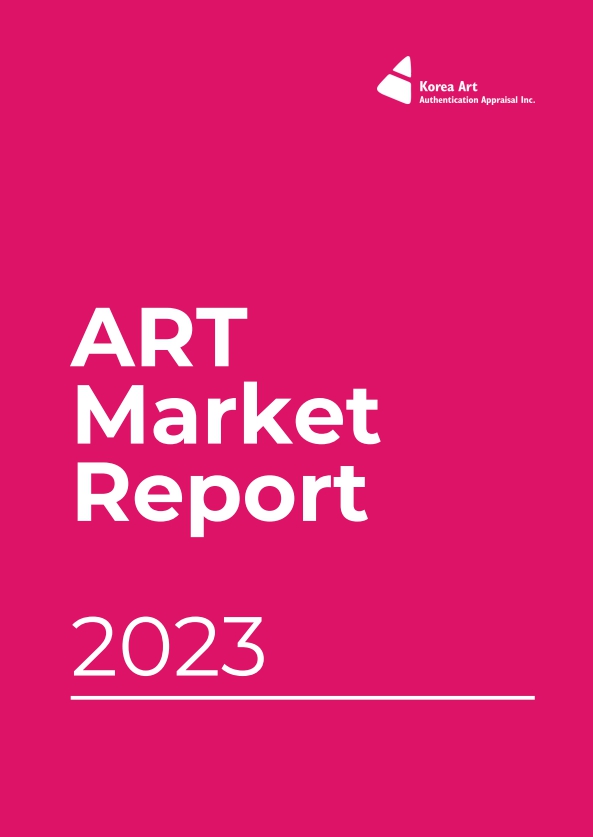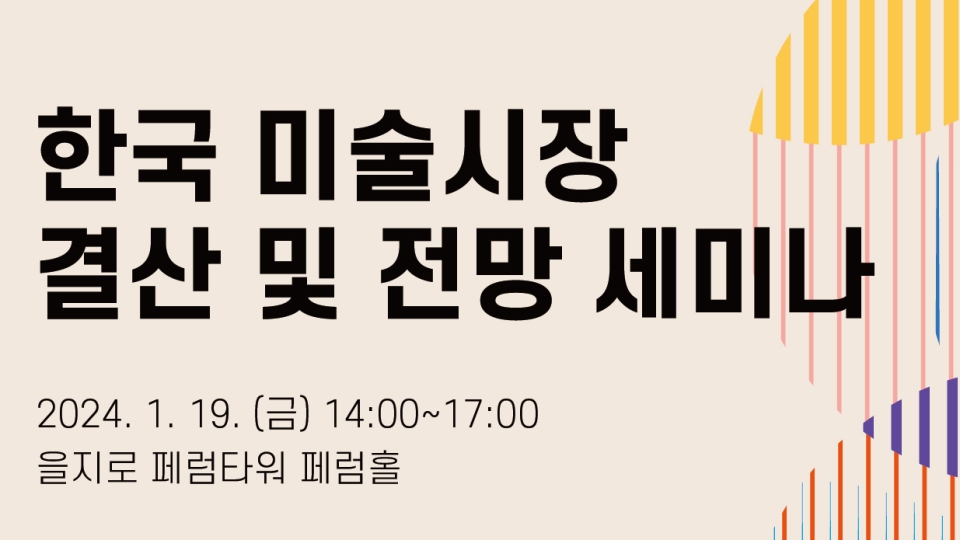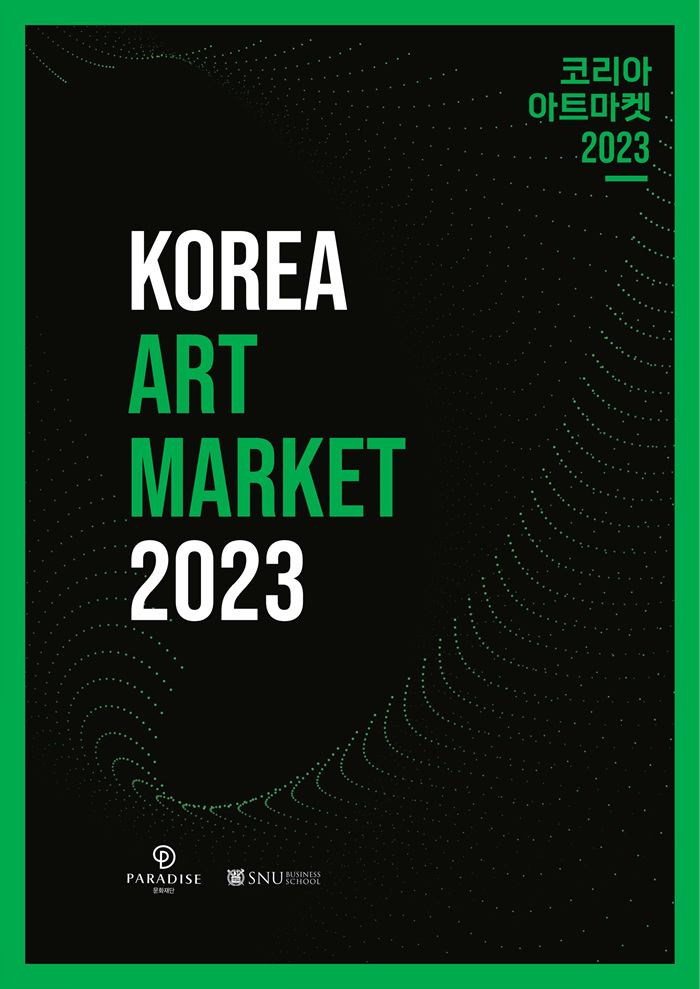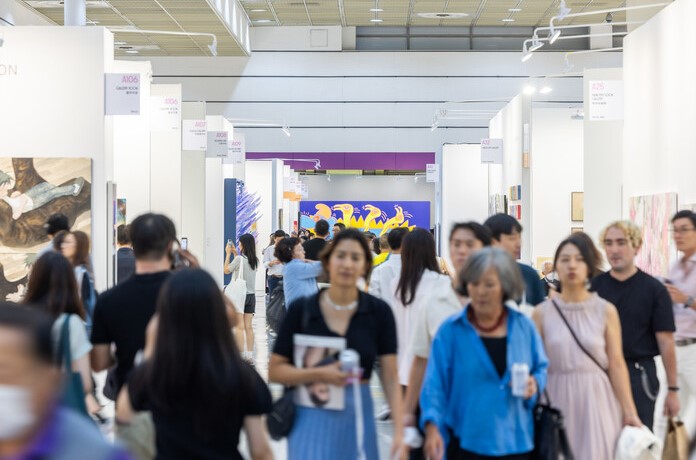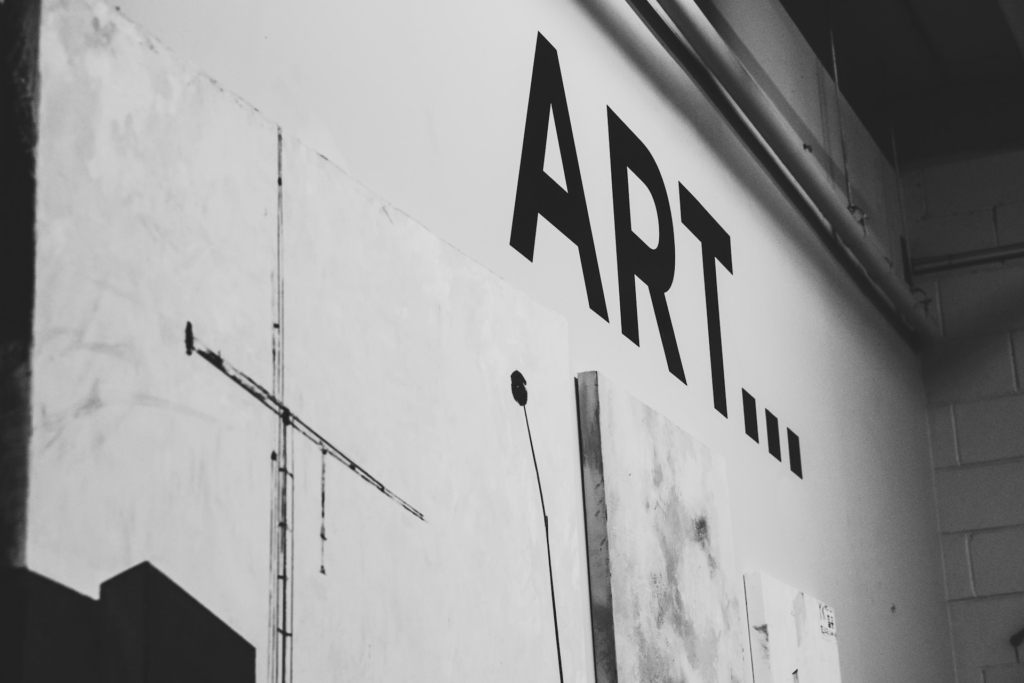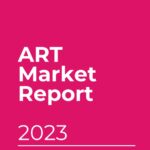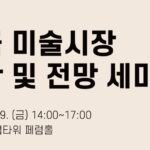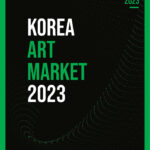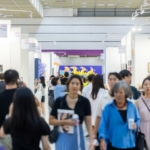The History of the Korean Art Market ③: The Third Wave, 2000s
The third Korean art market boom, which took place from the late 1990s to 2007, was unlike anything that had come before it. It was a time of exponential expansion in all aspects of the Korean art market.
From the late 1990s until 2007, the third boom in the Korean art market saw a significant transformation compared to the previous ones.
The first boom in the 1970s marked the formation of the modern art market structure, and the second boom that lasted until the early 1990s was a period of gradual growth in the art market. The third boom, however, was characterized by a substantial expansion of the domestic art market in every aspect.
During this time, significant developments took place in the Korean art market. Auction markets were established, the number of art galleries exploded, and the geographical area of galleries in specific areas of Seoul diversified and expanded. These galleries also actively expanded internationally, and due to increased demand for Korean artworks at home and abroad, young Korean artists gained recognition in the art world, and Korean artists ventured into international biennials and art fairs. These changes in the Korean art scene broadened the base of collectors and art lovers in Korea.
One of the most notable features of the late 1990s and the 2000s art market in Korea was the introduction of auction houses. Gana Art founded “Seoul Auction” in 1998, and in 2005, Gallery Hyundai established “K Auction.” These two auction houses have become the leading auction houses in Korea.
The emergence of specialized auction houses dealing with contemporary art was welcome news in the Korean art market. The Korean art market was grappling with an opaque pricing system. Experts hoped that the auction system could address the issues of the dual pricing model and pricing according to the artwork size and the artists’ popularity. With public auctions, the prices of artworks become transparent, providing a transparent mechanism to set prices and regulate the market.
Of course, the arrival of Seoul Auction and K Auction didn’t bring about solely positive outcomes. Due to Korea’s unique circumstances, the market structure became even more intricate. An ideal art market structure is achieved through healthy competition between galleries and auction houses. However, both Seoul Auction and K Auction were auction companies established by prominent Korean galleries. This led to issues such as price collusion, an opaque pricing structure, the concentration of the market on blue-chip artists, and the rapid price escalation of works by young artists, causing confusion in transactions. Nevertheless, the entry of these two auction companies expanded the scale of the Korean art market and helped establish both primary and secondary markets.
The emergence of the art auction market also signified a growth in demand for art. As collectors seeking to purchase artworks increased, the demand, mainly focused on works by established artists, expanded to include young artists. This demand wasn’t limited to the Korean art scene alone. Starting from the 2000s, young artists actively entered both the domestic and international art markets. Notably, with the rapid growth of the Asian art market, led by China, there was a gradual increase in the participation of Korean contemporary art in Sotheby’s and Christie’s auctions held in Hong Kong.
For example, in 2004, Christie’s Hong Kong auctioned eight Korean contemporary art pieces, totaling $143,000 in sales. By the following year, 25 pieces were sold for a total of $789,000, marking a 5.5-fold increase. In the spring of 2006, out of 32 pieces, 29 were sold, most of them fetching prices surpassing their high estimates. At that time, works by artists such as Kim Dong Yoo, Nam June Paik, and Choi So Young achieved records for Korean artwork, being auctioned for over 100 million KRW (approximately $88,000) overseas for the first time.
During this period, there was significant growth in art fairs overseas, leading to an increase in Korean artists venturing abroad. In 1994, the Armory Show in New York began as an art fair focusing on emerging artists, and in 2003, London’s Frieze was first established as an art fair centered around artworks priced at or below $100,000. Additionally, international art fairs started being held in China. In Korea, the number of galleries that met the criteria for participating in international art fairs increased, going from 14 in 2003 to 29 in 2005, which propelled their expansion into the international art scene. Korean artists who were popular at international art fairs and auction houses at the time included Sup Ham, Chun Kwang Young, Jung Kwang Ho, Ham Jin, Kim Dong Yoo, and Hong Kyoungtack.
The late 1990s was a period of international art biennales. In South Korea, the Gwangju Biennale, the first of its kind in Asia, was launched in 1995, while outside of South Korea, the Korean Pavilion at the Venice Biennale was established among many other international biennales. These international biennales provided a platform for South Korean artists to gain recognition on the global art stage. Notable South Korean artists who garnered attention through these events included Nam June Paik, Lee Bul, Do Ho Suh, Kimsooja, Sang Nam Lee, Kibong Rhee, Ko Younghoon, Kim Hong Joo, and Cho Duck Hyun, among others.
The early 2000s marked a boom in the global art market, including South Korea. The South Korean art market grew to around 600 billion KRW by 2007. This was a tremendous growth compared to the market size of about 280 billion KRW in 2004. However, the explosive growth of the art market quickly declined after the 2007 subprime mortgage crisis. As the economic situation worsened, people began selling their artworks to secure cash, leading to an oversupply of artworks and decreased prices.
Last year, art experts evaluated that the art market had recovered from the recession caused by the 2008 economic crisis. In 2022, the South Korean art market grew rapidly, with expectations of reaching 1 trillion KRW. However, by the end of 2022, both domestic and international art markets entered an adjustment period.
Over the past few years, there has been a significant increase in individuals who suddenly amassed wealth through cryptocurrencies, stocks, and real estate, and they began speculating in art.
With the recent arrival of the fourth prosperous period in the Korean art market, it is crucial to be cautious and closely examine whether it is repeating the patterns of the previous three prosperous periods.
Related Links
- 국사편찬위원회, 『근대와 만난 미술과 도시』, 두산동아 (2008)
Aproject Company. Co., Ltd | Founder & CEO : Jay Jongho Kim
216 Dosan-Daero, B2F, Gangnam-gu, 06047 Seoul, Korea
Business Number : 894-88-01945
Contact : aproject.company@gmail.com
Mail-order-sales registration number : 제 2021-서울강남-04243 호





















